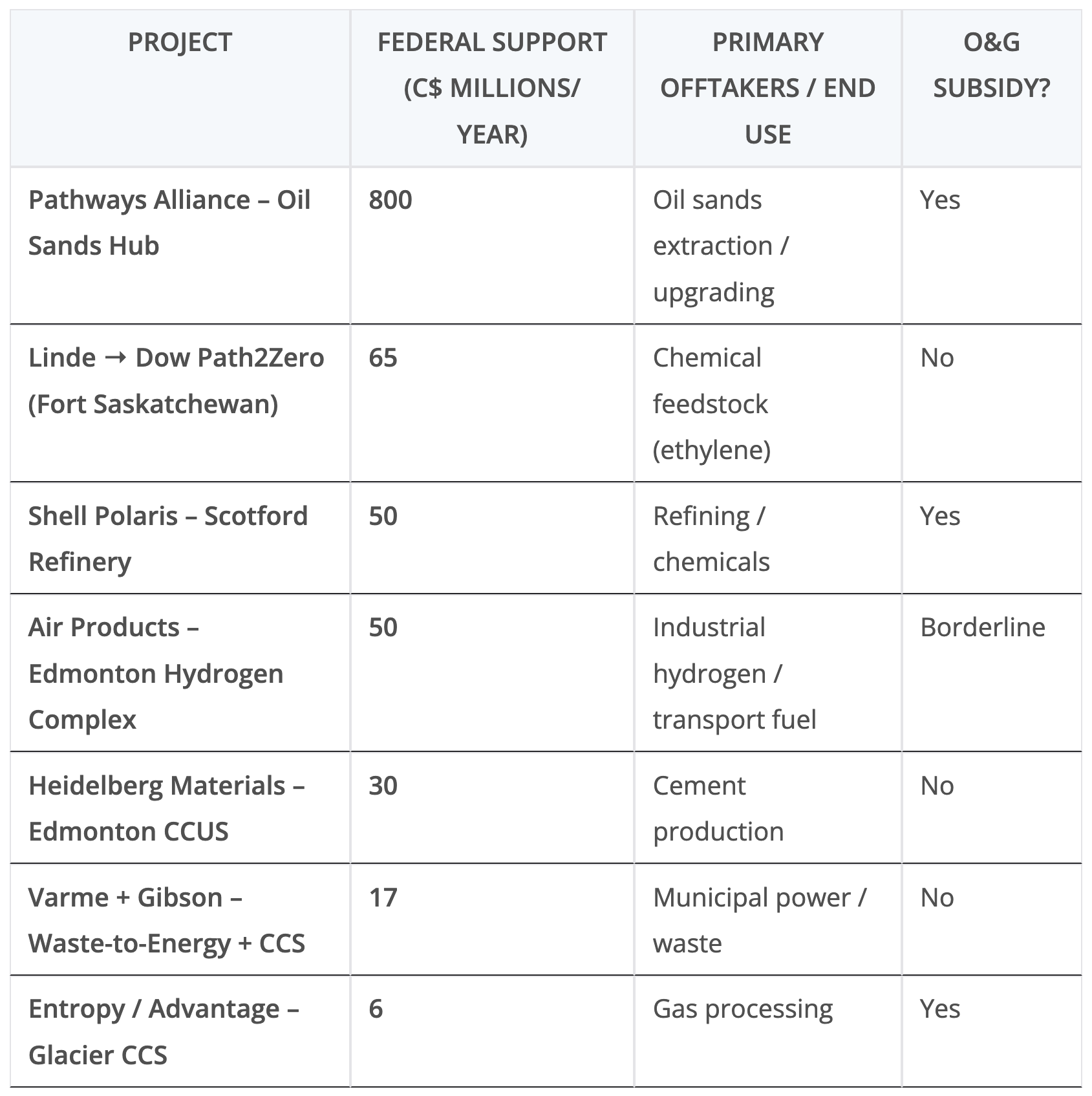Sign up for daily news updates from CleanTechnica on email. Or follow us on Google News!
Recently, CleanTechnica has featured articles about the COSCO Greenwater 01, the world’s largest electric ship, a container ship now operating in China along the coast and on rivers. It uses containerized energy storage to swap batteries. China has also electrified rail, more electric buses than anywhere else in the world, and more electric heavy trucks than anywhere else. Why have they done so much work electrifying heavy trucks? Because heavy trucks exceed light duty emissions by 50%.
Electric cars have potential solutions for reducing grid impacts like workplace charging. About 80% of car charging is done at home, overnight, at low charging power.
With about 20% of charging done at high power, the effect on the grid is moderate. Car fast charging stations now regularly use storage to buffer peak demand, and fast charging costs have risen to $0.40/kWh, more than home charging rates.
Realizing that electric heavy trucks need a charging standard, CharIn is developing the 3.75 MW, 1,250 V, and 3,00 Amp charging standard.
For ferry boats, tug boats, inland waterway shipping, and transoceanic shipping, the power levels required are greater.
At the same time, as transportation electrification continues, costly grid upgrades must be avoided. For all charging, we have this formula for power:
Power = Energy/charging time
This formula is important.
For example, a 100 kWh battery pack fully charged from 0% state of charge (SOC) to 100% SOC in 10 hours uses only 10 kW. On 240V service,
P = V x I, so I = P/V
I = 10 kW/240 = 42 Amps
This is slightly more than an average electric dryer uses. However, some EVs are charged only on 120V at 8A or 12A, only 1.44 kW. These levels are similar to the power a hair dryer uses. These are not a problem for the grid or for average household wiring.
Electric car fast charging happens in under an hour. For now, some EV fast chargers are charging in 40 minutes, and we know something from the “Power versus Energy and Time” formula. A 66 kWh battery pack charged in 40 minutes would require 100 kW.
We know that if we wanted to charge in 1 minute, the power would be 40× greater, 4 MW, or about the power level considered for the developing MCS heavy truck charging standard. It uses 3,000 amps, and 1,250 volts. This is why charging more slowly is important for all electric vehicles. For cars, it’s a good idea. For heavy trucks like semi-trailer tractors, it’s important. For ships, it’s practically impossible to charge any other way.
The energy storage required for a heavy truck is ~10× cars. The energy storage needed for an ocean ship is more than 1000 times than for a car.
The amount of power required to fast charge an ocean ship battery pack is several large electric power plants worth. A port normally serves many ships. One port fast charging many ships could require more electric power plants than some states have.
The solution to faster electrification is to understand that if the energy is high, the charging time must be low.
For cars, one-minute charging times are out of the question. The power levels rise to unmanageable amounts. One solution for cars, and it is a good one, combines solar over-generation during the day, with slow electric car charging while at work.
This solves two problems at the same time. Another solution is utility voluntary time of charging programs, which control electric charging when grid power demand is high.
Cars are seldom used compared to heavy trucks. Except for taxis, they have low utilization rates. They can use the fact that they are idle most of the time to charge slowly when not in use.
Trucks used for hauling, construction, transport, and other uses require operation over long periods of time, a large part of the day. While some slow charging could happen, they need to charge often to be available for work, and charge multiple times daily during work hours. Their energy storage requirements are 5× to 10× greater than cars. Electric heavy trucks require megawatt charging.
A heavy truck charging station may require the utility to install a 10 MVA substation. That is 10 megawatts. That upgrade costs in the neighborhood of $4 million.
Electric trucks need swapping to limit costly power upgrades required by fast charging and facilitate faster electrification.
“There’s no question that we are nearing the point where infrastructure is going to become the barrier and the impediment to electric truck adoption,” says Britta Gross, managing director of the Carbon Free Mobility Program at RMI.
A method of slow charging large electric vehicles is needed. If vehicles are in constant operation, a practical way to do that is to charge other packs while the vehicles are in use and swap them at stations.
A swap station can slow charge while vehicles are in use and return vehicles to work without costly power upgrades or charging delays.
One of the first high-volume applications of battery swap was for taxis in China.
Taxis’ high use rate requires that they be available throughout the day. Battery swapping makes that possible.
While the need for trucks is great, electric ships are practically impossible without battery swapping (like the COSCO Greenwater 01 uses).
The COSCO ship is a 700 TEU river transport vessel with a max of 80 MWh battery capacity and 1,000 km of range.
The larger the battery pack, the greater the power needed for charging, the greater the need for swap. Swap is needed to be able to slow charge large packs. The path to faster electrification can be achieved by using slow charge to avoid costly grid upgrades.
Swap is not just about fast turnaround times, it’s about power. The bigger the battery pack, the more power is important.
Fast charging to ever faster speeds below 30 minutes is impractical and unworkable. The power requirements to achieve fast charging speeds the same as refueling at a gas station are too high.
Do It The New Way
You don’t use your phone like you use your gas-powered car. You charge your cell phone overnight slowly.
Attempting to replace fossil fuels use by doing the same things with electricity makes no sense and leads down the rabbit hole of impracticality.
One-minute fast chargers for cars are not practical. There is no reason to use electric vehicles in the same way as fossil fuel vehicles. We do not gas up every evening the way we charge cell phones. We do not fast charge EVs once a week the way we use gas stations. There is no reason to mimic all the other fossil fuel usage patterns when we have new technology. Fast charging is fine for 30 minutes with small car packs. It gets expensive and impractical with large packs and faster charging. Swap is not a crucial need for cars. Swap is going to be a necessity for large, heavy transport, and the larger it gets, the more any other way will be practically impossible.
Have a tip for CleanTechnica? Want to advertise? Want to suggest a guest for our CleanTech Talk podcast? Contact us here.
Sign up for our daily newsletter for 15 new cleantech stories a day. Or sign up for our weekly one if daily is too frequent.
CleanTechnica uses affiliate links. See our policy here.
CleanTechnica’s Comment Policy




